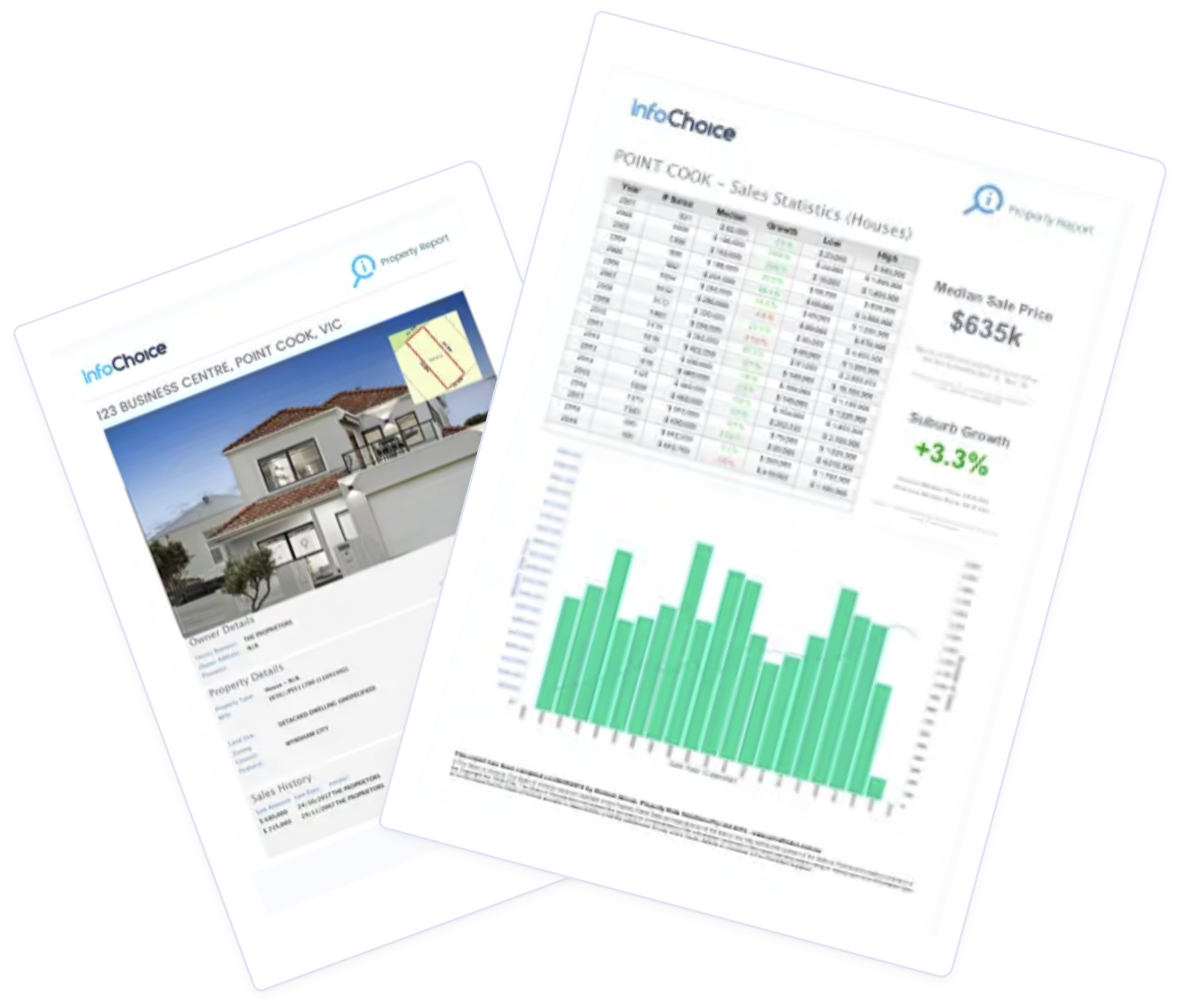
- Informing the Lender: Notify your lender when converting to an investment loan due to implications on loan structure.
- Refinancing Costs: Consider refinancing fees and terms, as they may include additional costs and affect loan conditions.
- Higher Interest Rates: Investment loans generally have higher interest rates, impacting monthly payments and overall loan affordability.
- Tax Considerations: Transitioning to an investment property involves tax benefits and liabilities, including deductible expenses and potential capital gains tax.
The decision to convert a home loan to an investment loan often arises when the homeowner decides to rent out their primary residence. This might be due to relocation, lifestyle changes, or a strategic decision to generate rental income.
The key difference lies in the purpose. While a home loan is for properties you live in, an investment loan is for properties you rent out or intend to sell for profit. Investment loans often have higher interest rates and different lending criteria, reflecting the higher risk associated with investment properties.
More Resources:
1. Talk to your lender
Perhaps the most vital step is getting on the front foot and telling your lender about your plans. The transition to an investment home loan is likely a common one.
You might be able to get away with keeping the same home loan for a little while, but you will likely run into hurdles when you start trying to claim investment expenses against your income - like mortgage interest.
Telling your lender is crucial as it impacts your loan structure and tax considerations. Lenders might re-evaluate your financial situation before approving the transition.
This may involve reassessing your income, debts, and credit history, as investment loans carry different risk profiles. For example, you might run into a roadblock if you don’t have at least 20% equity built up.
2. Factor in refinancing costs
If you have a lender that’s easy to get along with, there might not be many hurdles in the transition. However, some might charge the usual costs with setting up an investment loan through refinancing. This could typically cost around $1,000.
Refinancing also brings the opportunity to review your terms. For example, some loans offer interest-only payments for a period, which can be beneficial for managing cash flow in the early stages of property investment.
Further, if you’re on a fixed-rate home loan, you might not be able to refinance without incurring break fees, which can be costly. In this case it’s generally advised you see the fixed term through before making any changes.
If you don’t like what your current lender is likely to offer, it’s possible to do an external refinance i.e. find a new lender. This opens you up to potentially a more competitive interest rate, more flexible terms and so on.
3. The investment loan may have a higher interest rate
Typically, investment loans have higher interest rates. Your lender might adjust your rate accordingly, which can impact your monthly repayments. This might also set you back a few months or years if you were ahead on your owner-occupier mortgage, only to find yourself paying more of your payment towards interest.
This is because, through regulation, lenders must have higher capital allocation to cover investment home loans in case of default. Because of this, they pass the cost onto you.
4. Consider the tax implications
Transitioning to an investment property can offer tax benefits. Interest on investment loans is generally tax-deductible in Australia. Additionally, expenses related to maintaining and managing the property, like repairs, agent fees, and insurance, can be claimed. If the expenses outweigh the income, you can negatively gear your property, which means you can offset the losses against your entire taxable income.
Capital Gains Tax (CGT)
One thing you’ll miss out on, however, is CGT exemption like with primary places of residence (PPOR). When you eventually sell your investment property, CGT applies. The amount of tax depends on how long you've owned the property and the profit made on the sale.
Special rules apply if the property was your primary residence before it became an investment. If you’ve owned the property for more than a year, you’ll be able to claim the capital gains tax discount, which is 50% off the marginal tax rate that applies normally.
5. Look at the absence rule
Another unique feature of Australian tax law is the 'absence rule.' This rule allows an individual to treat a dwelling as their PPOR even if they are not living in it, under certain conditions, for up to six consecutive years at a time.
The main benefit is because it’s still considered a PPOR, you won’t be charged capital gains tax for that period.
This can be useful if you’re not entirely sure if you want to give up your property to the investment world. However, you will still likely need to maintain some tie to your property, such as having mail sent there.
The absence rule could be applicable if you temporarily move out of the house, rent it out, or leave it vacant for a temporary work placement, travel, or moving in with a relative or loved one.
However, there are time limits and conditions that must be met to use this rule. And you’ll likely need to inform your lender this is now the case. Rental income will also be taxed, like normal.
6. Get expert help
Converting your home loan to an investment loan in Australia is a significant financial decision that requires careful consideration and planning. It's advisable to seek professional financial and legal advice to navigate the complexities of this transition.
Speak to a financial adviser or accountant before embarking on your investment journey, and maintain communication with your lender.
Lender Home Loan Interest Rate Comparison Rate* Monthly Repayment Repayment type Rate Type Offset Redraw Ongoing Fees Upfront Fees Max LVR Lump Sum Repayment Extra Repayments Split Loan Option Tags Features Link Compare Promoted Product Disclosure
Promoted
Disclosure
Promoted
Disclosure
Photo by 8photo on Freepik








